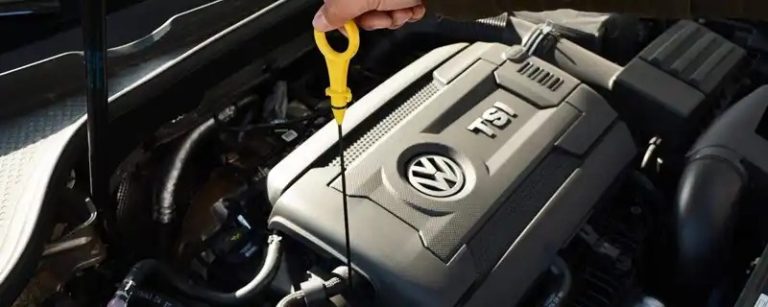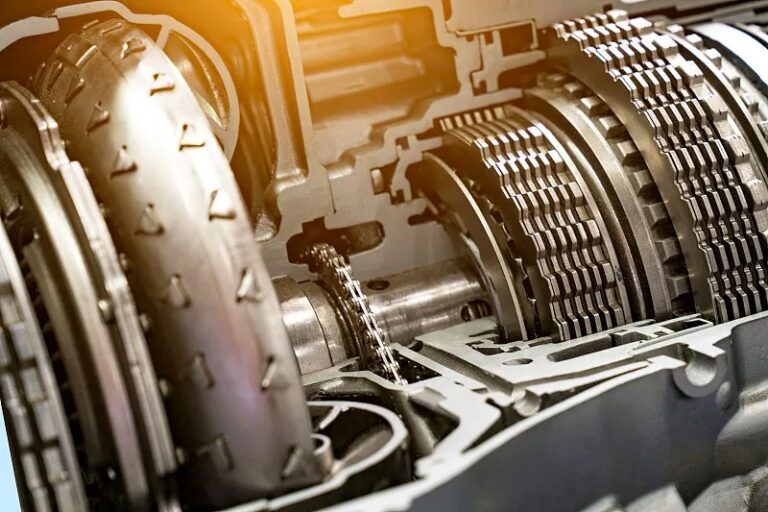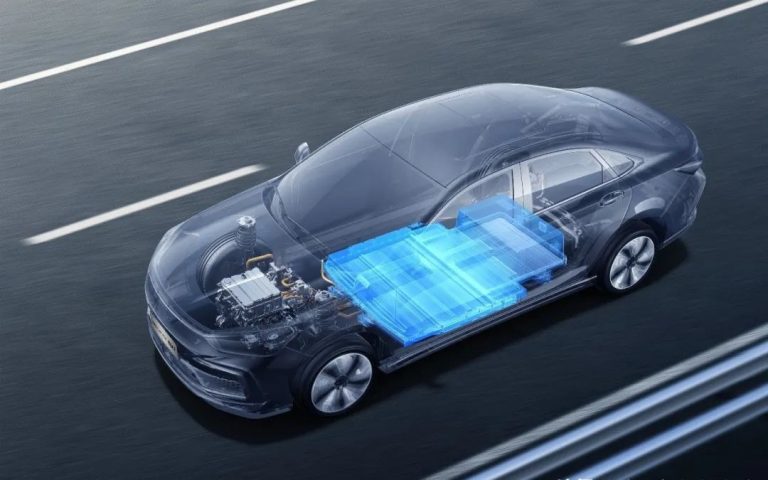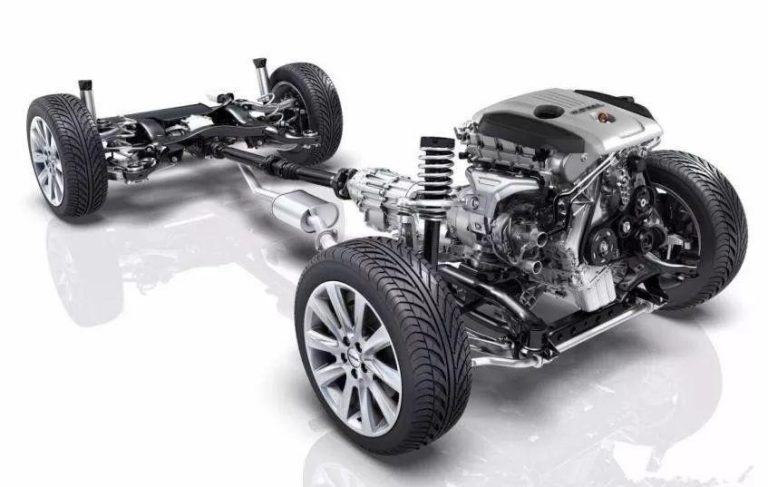Car Suspension Types and Performance Explained
Car suspension is one of the three core components of a vehicle. It plays a vital role in both driving dynamics and passenger comfort. This article introduces the main types of car suspension systems and explains how they affect your driving experience.
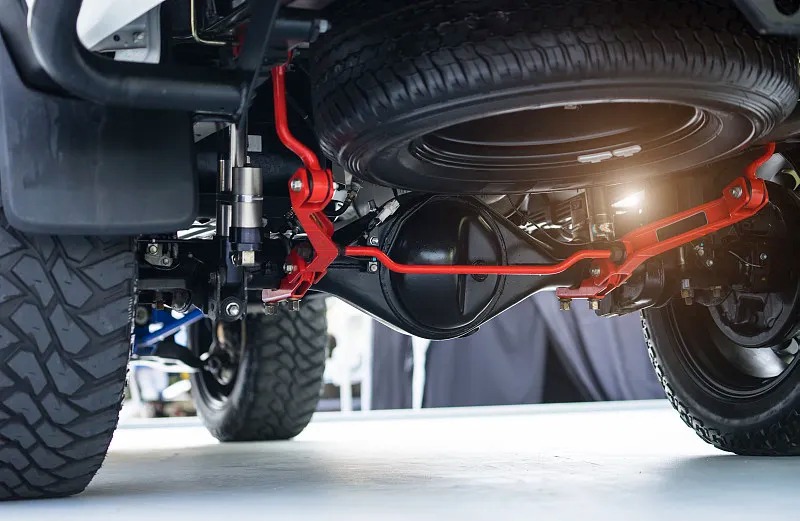
Front Suspension Types: Steering and Handling Essentials
The front suspension system is critical because it connects to the steering mechanism. It directly influences handling feel and driving safety. Almost all modern vehicles use independent front suspension. The most common types are as follows:
MacPherson Suspension
The MacPherson suspension is the most widely used setup in economy cars. It features a single vertical shock absorber that supports the wheel and integrates both shock absorption and guidance. Its design is simple, compact, and cost-effective, making it ideal for small vehicles with limited engine bay space.
However, it has drawbacks. During hard cornering, the vehicle tends to lean. Under emergency braking, the front end dips noticeably. On rough roads, the wheel may bounce more, reducing comfort.
It is commonly found in compact sedans such as the Toyota Corolla and Volkswagen Lavida.
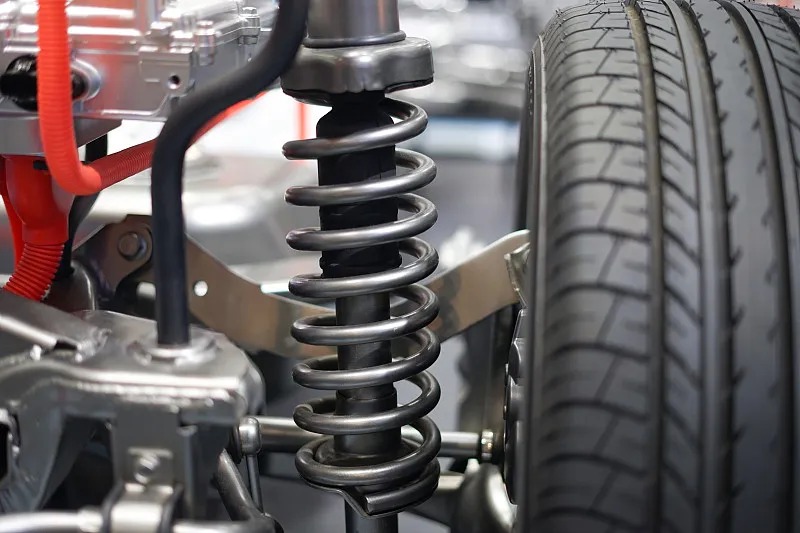
Double Wishbone Suspension
The double wishbone suspension includes two control arms—an upper and a lower arm—that hold the wheel. This setup provides greater grip and stability when cornering, especially during high-speed maneuvers. It offers better control over wheel movement and geometry.
Although it delivers excellent handling, it also costs more to produce and requires skilled chassis tuning. This type is usually found in performance-oriented or premium cars like the BMW 3 Series and Porsche Cayman.
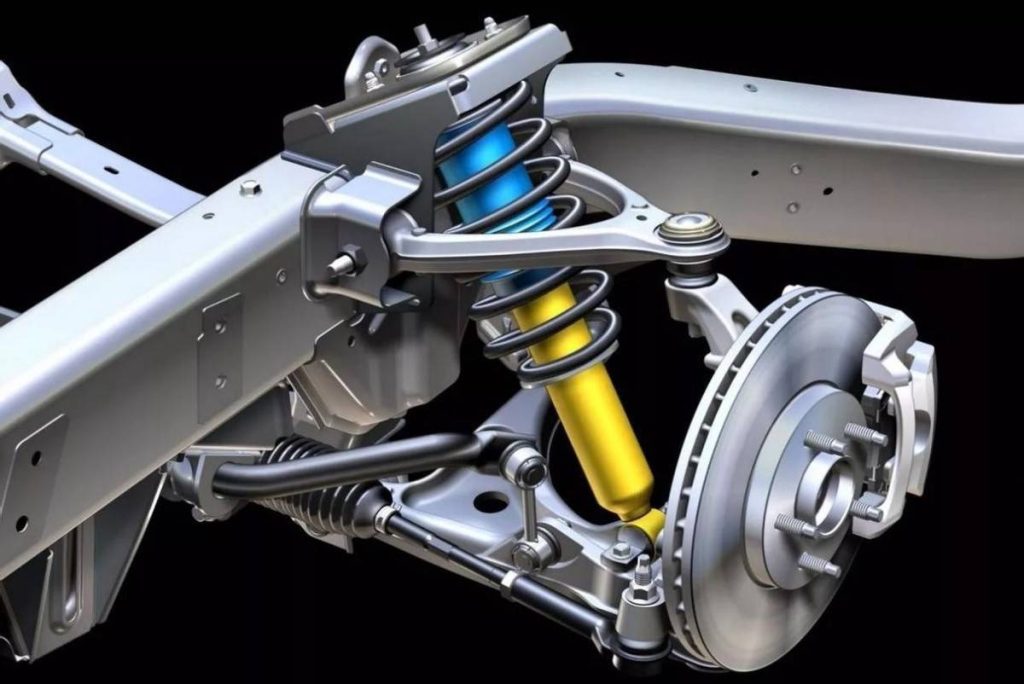
Multi-Link Suspension
Multi-link suspension takes the double wishbone concept further by replacing fixed arms with multiple independently moving links. It can provide excellent handling, superior comfort, and precise wheel control. High-end vehicles often use five-link designs that can absorb road vibrations more effectively, reducing cabin disturbance.
However, not all multi-link systems are equal. Some have only three links and perform worse than a well-tuned double wishbone setup. Always check the specifications before purchasing a car.
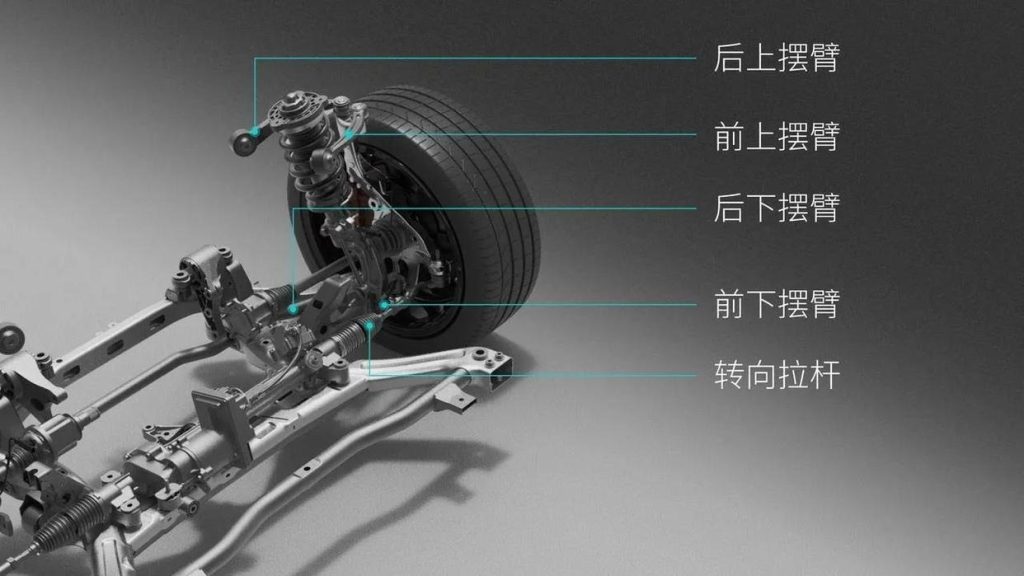
Rear Suspension Types: A Diverse Landscape
Rear suspension systems vary more than front ones. They include both independent and non-independent designs, depending on vehicle type and intended use.
Torsion beam suspension is common in economy vehicles. It uses a rigid crossbeam to connect both rear wheels. It saves space and lowers cost but sacrifices ride comfort, especially over speed bumps or potholes.

Solid axle or live axle suspension is typically used in off-road vehicles. It connects both rear wheels through a solid bar or housing. While it is extremely durable and strong, it compromises ride smoothness in city driving conditions.
Multi-link and double wishbone rear suspensions are found in premium sedans and sports cars. These designs offer a good balance of comfort and handling. For example, the Mercedes-Benz E-Class uses a multi-link rear suspension that ensures smooth travel over uneven roads.
Suspension Performance: Structure vs. Tuning
The performance of any suspension system depends on both its structural design and how it is tuned. French automakers like Peugeot and Citroën are known for using MacPherson suspension. But thanks to decades of tuning expertise, they can make their cars feel as stable and comfortable as vehicles with more advanced systems.
On the other hand, some manufacturers use double wishbone suspension but fail to tune it properly. As a result, the ride feels harsh and unstable. This shows that tuning is just as important as hardware.
Common Suspension Configurations by Vehicle Segment
Most budget sedans use MacPherson suspension at the front and torsion beam at the rear. Performance cars often come with double wishbone front and multi-link rear suspension. Luxury executive sedans usually have multi-link setups at both ends. Off-road vehicles like pickups and SUVs use double wishbone at the front and a solid axle at the rear for durability.
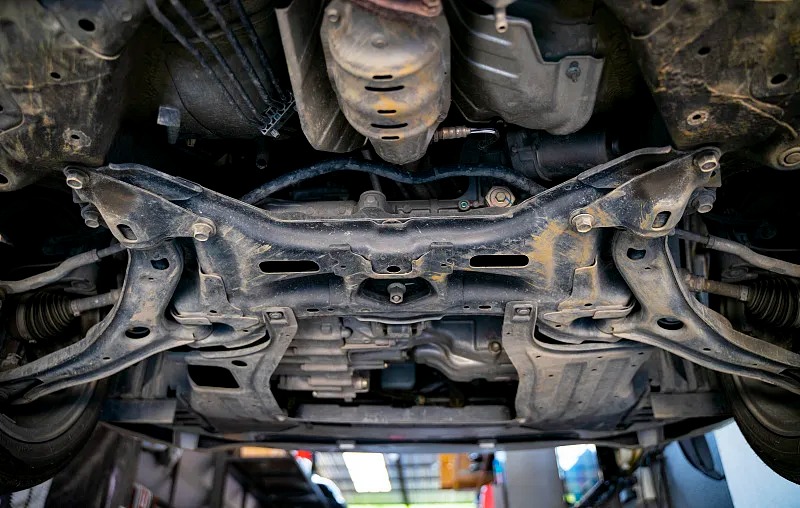
Conclusion
Understanding car suspension types can help you make smarter decisions when buying a vehicle. Whether you want better handling, more comfort, or rugged durability, the right suspension system plays a critical role. Always consider both the design and the tuning quality when comparing cars.
If you have a need to buy a used car, or if you run a car business, we’re here to help. As a leading exporter with over 20 years of experience, DDong Used Cars offers a wide range of vehicle brands (100+), efficient logistics, and after-sales support.
Contact us today to learn more. Simply let us know what you’re looking for, and we’ll provide you with an unmatched sourcing experience. Explore our news section for more automotive insights and tips for running a successful dealership.


